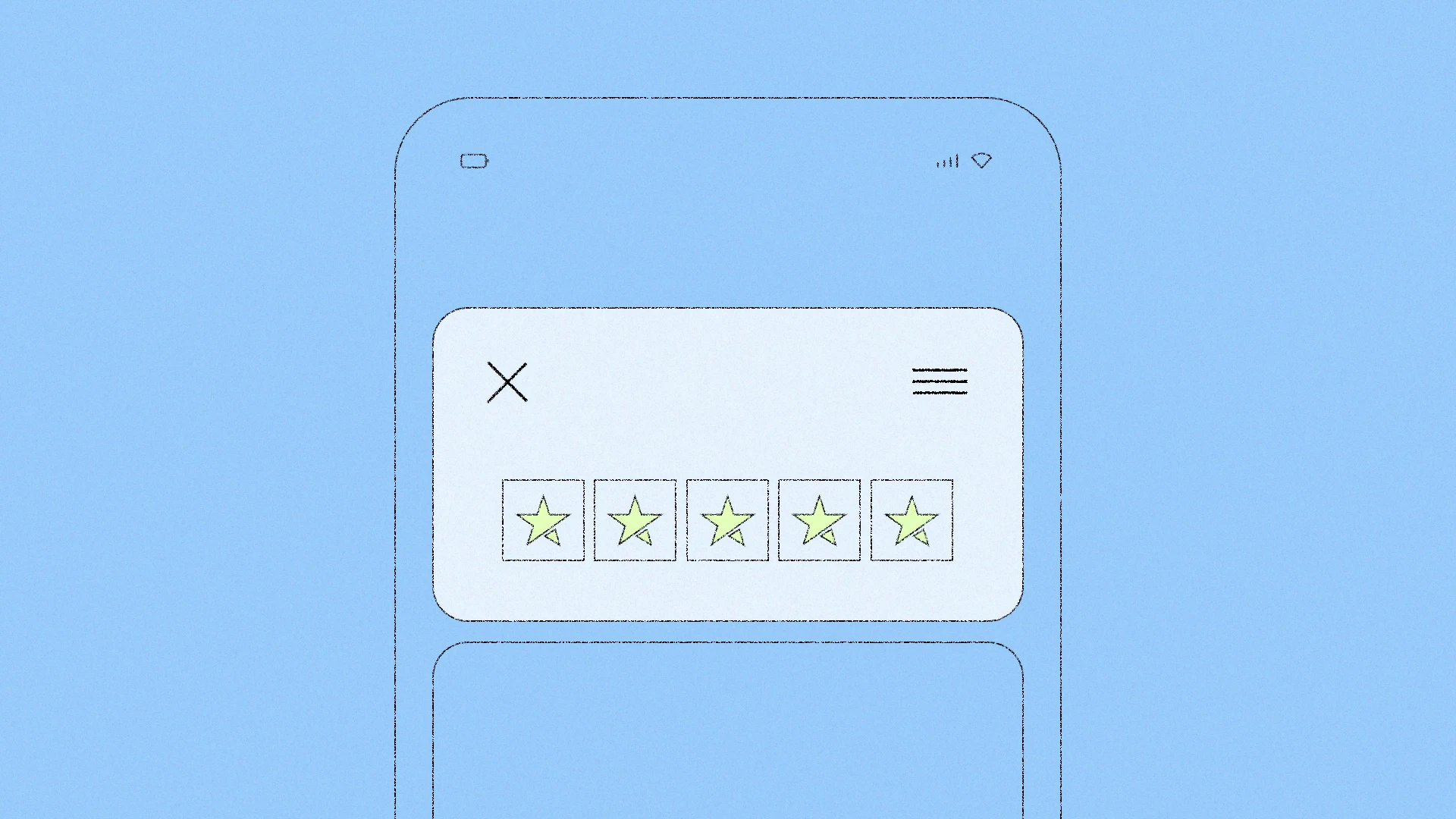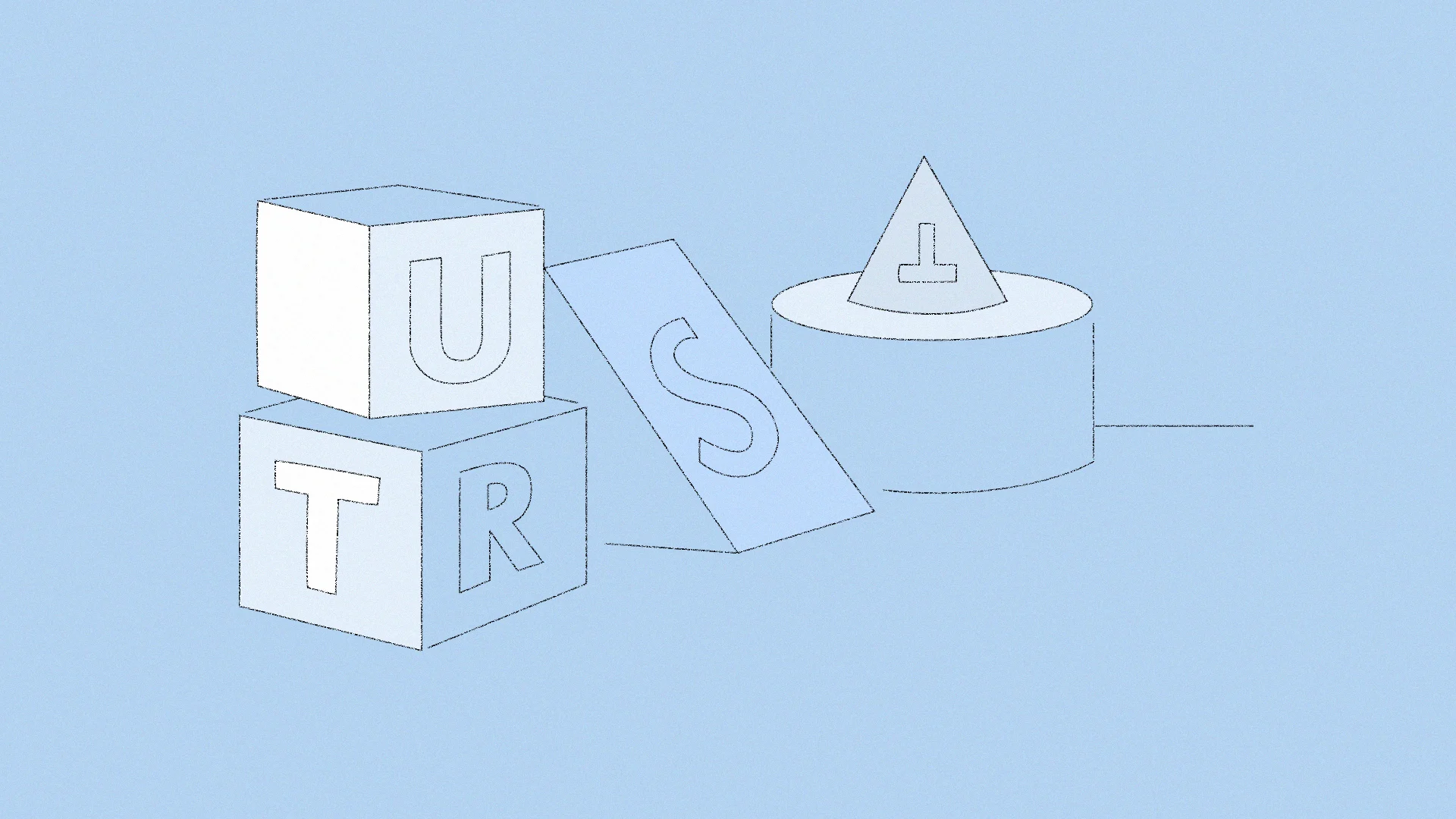
Did you know that safety and security remain a top concern among shoppers when buying online?
Whether your website is lead-generation or sales, you need to convey professionalism to perform successfully online.
A website can have an amazing look with advanced functionality and state-of-the-art graphics, but if customers don’t feel like it is credible or legit, they will go elsewhere.
In this article, we give you seven ways to showcase trust signals at every touchpoint of the journey in order to reduce consumer hesitation, cultivate trust in the brand, boost confidence, and deliver better user experiences.
Delivering better experiences and management of brand image by showcasing trust signals at key touchpoints
Somewhere between cyber-crimes, phony advertisements, emails, and websites, there are still online shoppers trusting in your website to be safe and frictionless. An unsecured site is an immediate turnoff for your visitors and if they can't trust you, they will quickly exit your site and head over to your competitor’s.
One way to stand out from your competitors and improve your website’s trust signals is by obtaining a security certificate. Brands lose upward 83.6% of sales because of cart abandonment and 19% abandon their carts because of payment security concerns. A security certificate is provided by the Certificate Authority (CA) that proves data such as banking and personal information is secured and encrypted between the server and browser.
Phony pages are becoming terrifyingly accurate and difficult to differentiate as phishing attacks are becoming more common.
These indicators will help you earn your customers' trust and reduce consumer hesitation while also increasing your conversion rate. Help your website improve its transparency and reinforce your customers' confidence in you. If you haven't read our credibility checklist, we recommend starting here.
Our friends at Redstage have built hundreds of sites for their clients, and know a thing or two about building trust on site. We've asked them to share how they recommend using security certificates to signal to buyers that your site is trusted.
1. Padlock icon
Security certificates are crucial to show customers your website is a secure, safe domain.
Websites without a valid security certificate may present visitors with a warning message on some browsers. This can have a damaging effect on conversion.
If you have a security badge, a closed padlock in the status bar will appear in your browser window. To date, SSL certificates have been paramount for ecommerce websites in particular. However, more recently they have shown to be a contributing factor to SEO rankings. The padlock icon is an indication that traffic coming to and from your website is encrypted. This should be an indicator to customers that your website is protectig all data and personal information entered on your site. While a padlock icon doesn't necessarily mean that a website is 100% safe, it can ease some worry for visitors and help boost trust.
Not everyone understands what security certificates do, but the negative impact on conversion, should you not have one in place, would be tremendous.
2. HyperText transfer protocol secure
Once your website becomes verified through the Certificate Authority, you’ll receive an “https” URL. This is an indication that all private and sensitive information that is entered into the site is protected as it travels to a server. Without this, the user’s details have a high chance of being exposed. Additionally, Google and other search engines now give priority to websites with https, and may send visitors to a “Warning” page if you’re still only using http.
3. Privacy policy
Customers want to know how their data is being collected, used, and protected. A public, easy to find Privacy Policy can prove your company abides by the laws and care about keeping both your website and consumer information safe.
4. Trust seal
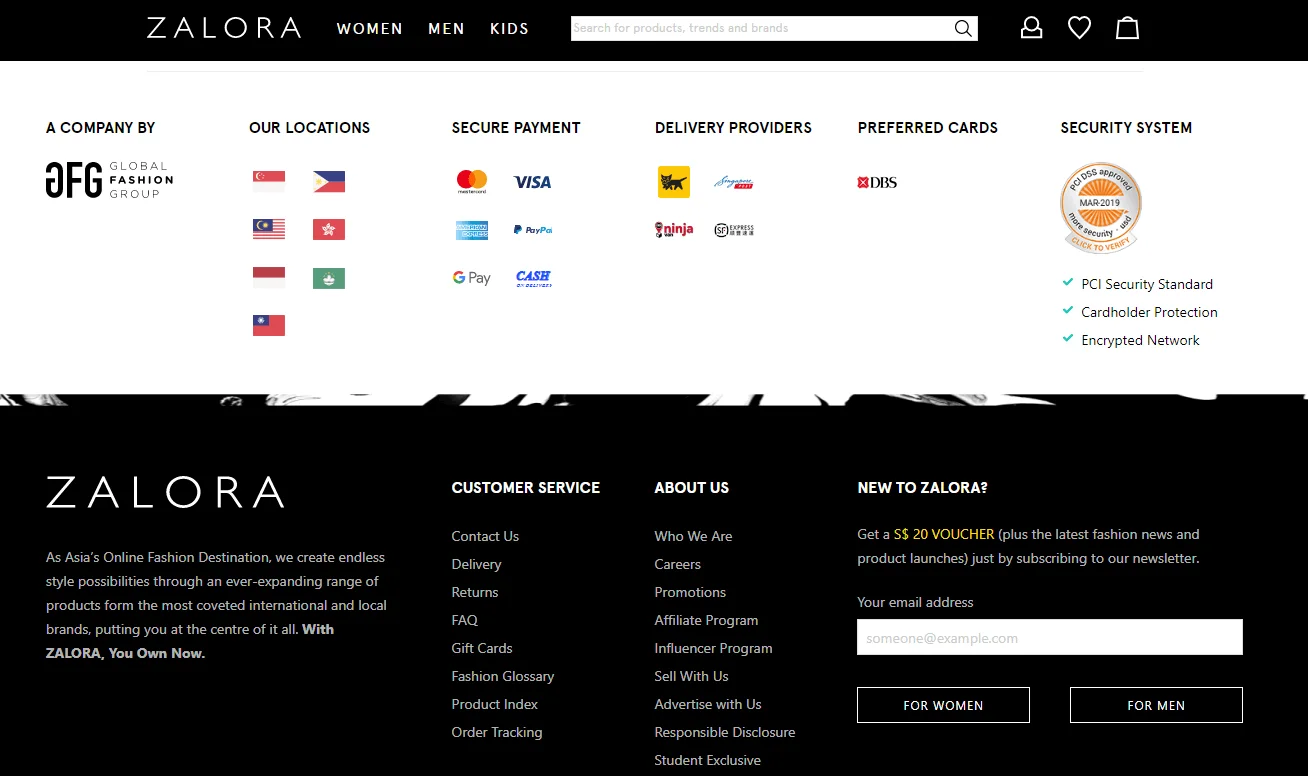
Trust Seals give your visitors an extra sense of security. However, displaying too many badges across a website can cause some skepticism. Because of this, consider placing them only at the checkout. One study found a 42% increase in sales after implementing a Verisign trust seal.
By implementing these indicators, not only can your visitors browse and shop worry-free, but you can also add some more points to the strength of your search rankings.
“Lack of trust is one of the top reasons customers abandon the checkout. A security badge can help reassure your visitors, but only if the source is recognizable,” says Oliver Sosinsky, Senior Solutions Engineer at Redstage.
Search engines like Google use an algorithm to promote a safer World Wide Web by giving certified sites priority in search results. Add in great content, a frictionless shopping experience, and a safe and secure website, and watch your conversion rate skyrocket.
As competition is increasing within the eCommerce industry, so are cyber-attacks, which create increasing levels of visitor anxiety. Studies show 77% of website visitors worry that their data could be stolen and misused. As a merchant, you should be showing your consumers that your company is highly invested in the safety and protection of their data.
To ease the pressure, Trustpilot partner Redstage has designed customizable security and maintenance bundles to suit your needs. You can check them out here.
Read on for three more ways you can add trust to your website beyond security certificates.
5. Payment gateway prominence
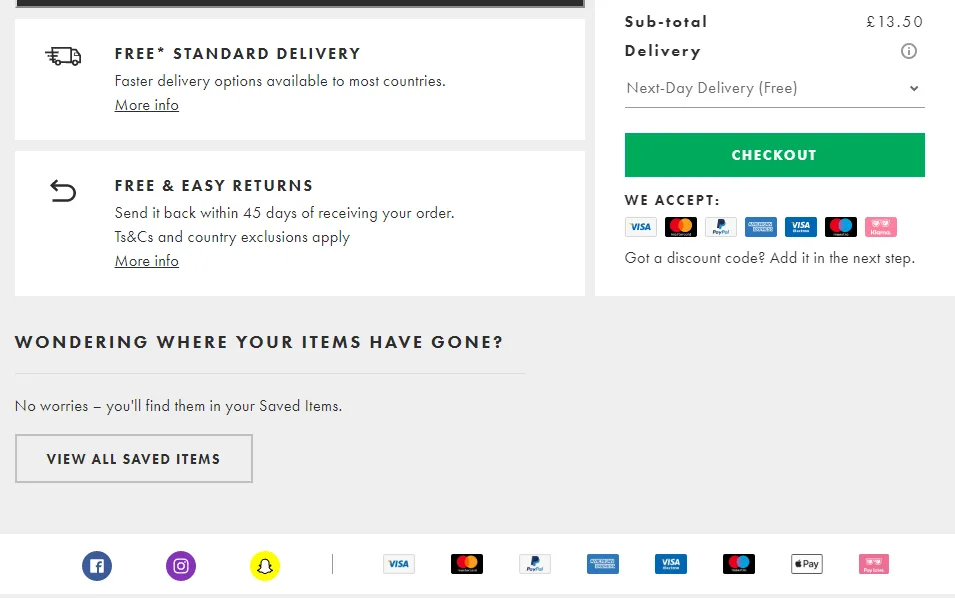
What third-party software do you use for credit card payments?
Companies like Sage Pay and PayPal are reputable brands that consumers feel at ease with when sharing their bank details.
Make these logos clearly evident and prominent site wide, on the homepage and on the checkout to reduce consumer hesitation and cart abandonment.
6. Verified customer reviews
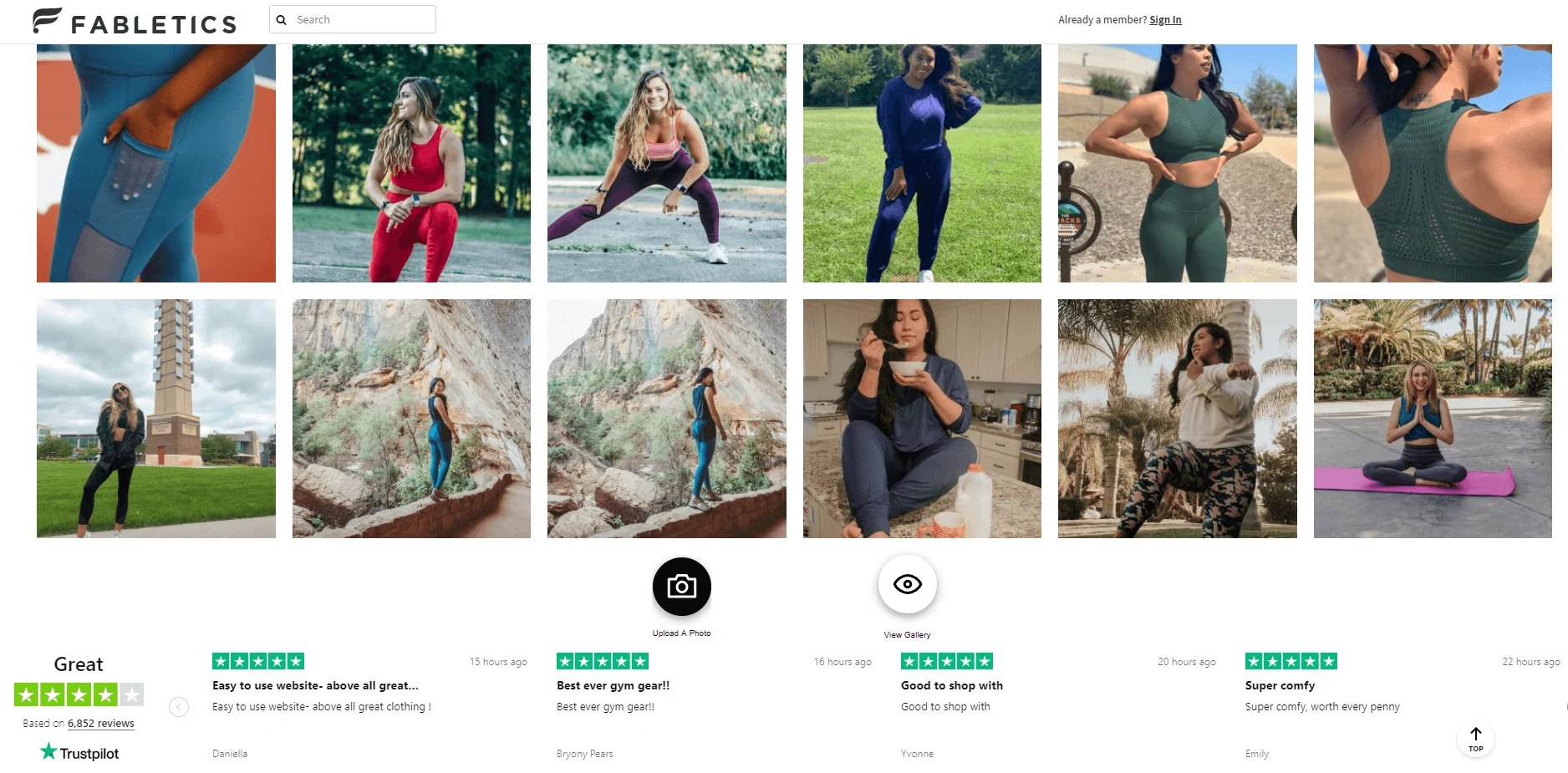
Over 92% of customers read online reviews as part of their buying journey. So if you’ve received some great customer feedback, shout about it! Customers rely on other customer’s honesty.
There are many ways to collate and present reviews and feedback on your website. Trustpilot is a great example of a review platform. And management of brand image while you cultivate trust in the brand can be extremely difficult. Using the words of your happy customers is an excellent way to do both at the same time and showcase what your customer is like for prospective customers.
What if someone leaves a bad review? It shows you are real and genuine; you’re never going to make everyone happy. The odd three or four star review should be encouraged, otherwise it can look fake. We can’t win them all!
7. A clear delivery + returns policy
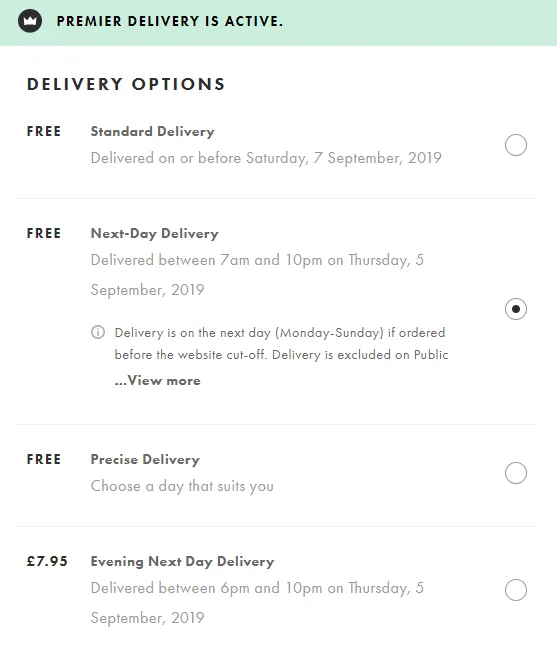
A lack of information on delivery can cause hesitation. If you sell online, clearly show how it will be delivered to the customer, when they can expect to receive it, and at what cost.
Furthermore, there are situations whereby a customer will return something if they’re unhappy with the end product.
How do they go about doing this? What is the policy in terms of a refund? How long do they have to get a full refund?
These are the kind of questions customers will think about before they make a purchase and if they don’t know the answers to any of them beforehand, it will prevent them from converting.
Getting started with trust signals
Obviously there’s much more you can do, but this is a good way to get started.
And, if you tick all the customer boxes, customers are bound to praise your business in their reviews.
The results: an increase to your conversion rates, bigger basket sizes, and happier customers.
If you'd like to learn more about the importance of trust signals in management of brand image, download a free copy of our brand new Social Proof report below.



